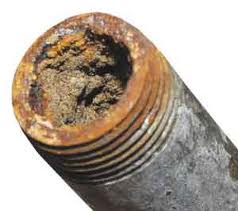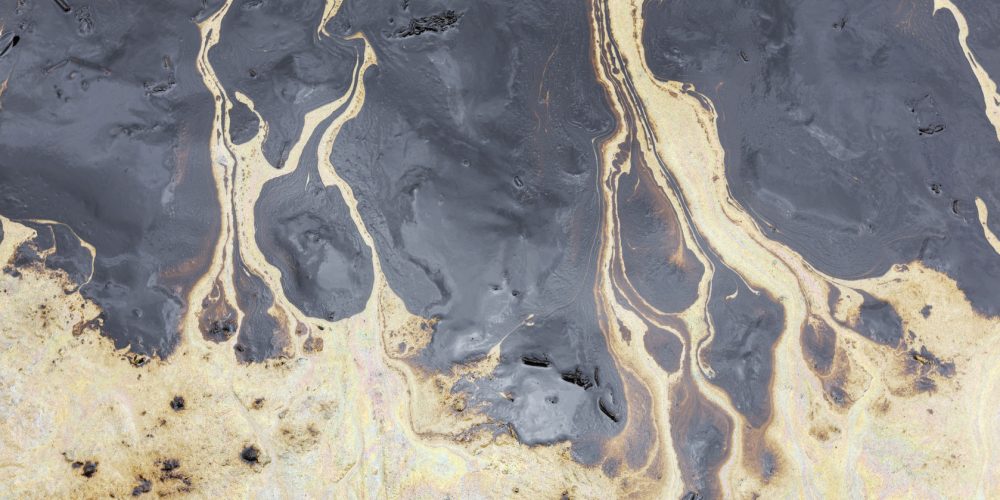In January 2014, a chemical spill into the Elk River in West Virginia resulted in a “do not use” order from the Governor of West Virginia. He was advising 300,000 residents in nine counties downstream from the spill not to use the water for any household purposes other than flushing the toilet. While the Governor’s order has since expired there are many people in the area who are wondering about the safety of their water supplies.
Lead was found at more than 1,000 times the MCL for drinking water – WaterKeeper Group
Now it has been reported that two spills totaling up to 83,000 tons of coal ash from a Duke Energy facility in North Carolina have entered the San River near Eden, NC. Despite the spill local officials have not issued a ban on household uses. The water went an ugly gray color and the turbidity (normally 0-7 on the turbidity scale) skyrocketed to over 400. Coal ash contains high levels of lead, mercury and arsenic and other heavy metals. The water treatment people in nearby Danville, NC acknowledged the spill and the high turbidity but were confident their treatment plant could handle it.
While Duke Energy and the local authorities downplayed the significance of this spill, the WaterKeeper Alliance, an environmental group, disputed these assurances. WaterKeeper took its own samples and submitted them to an independent laboratory for analysis. The WaterKeeper group reported that arsenic in their samples tested almost 35 times the EPA maximum contaminant level (MCL) for drinking water. Similarly, lead was found at more than 1,000 times the MCL for drinking water. What is troubling is that some of these contaminants are bio-accumulative, that is, the body does not pass them but they accumulate in the body and their toxic impact can actually grow.
 What can we learn from the North Carolina experience? First, the water may be seriously contaminated but no one is aware of it (the West Virginia spill was found because an alert consumer thought the water smelled like licorice, and alerted the authorities). Even when an incident has occurred, it is generally true that the public authorities do not want to panic the population and in many instances do not announce or at least minimize contamination issues. In defense of public officials, sometimes no announcements are made until they can determine what has happened and what the extent of the damage might be.
What can we learn from the North Carolina experience? First, the water may be seriously contaminated but no one is aware of it (the West Virginia spill was found because an alert consumer thought the water smelled like licorice, and alerted the authorities). Even when an incident has occurred, it is generally true that the public authorities do not want to panic the population and in many instances do not announce or at least minimize contamination issues. In defense of public officials, sometimes no announcements are made until they can determine what has happened and what the extent of the damage might be.
Arsenic in their samples tested almost 35 times the EPA maximum contaminant level (MCL) for drinking water – WaterKeeper Group
The bottom line for those who have taken time to educate themselves on water, water pollutants and what can be done to protect your family and friends from issues like this is to own a water distiller and install it so you are always getting high-purity, fresh distilled water. I’m not a rocket scientist but common sense will tell you that you need to look out for yourself in this world. I have had a distiller for more than 30 years. I know some of you have had one even longer than that. You have done the right thing.
